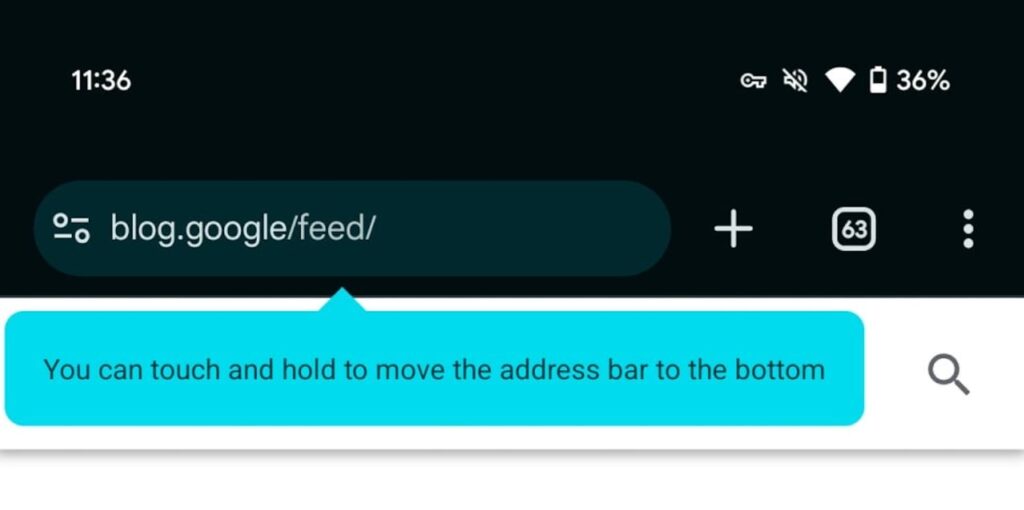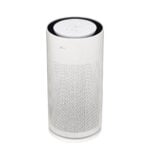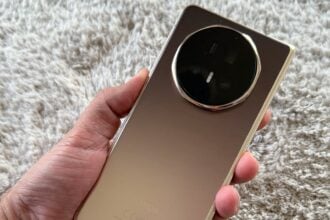Google has begun rolling out a long-requested feature for Chrome on Android: the ability to move the address bar to the bottom of the screen. This change, already present in Chrome on iOS since 2023, is designed to improve usability, especially on larger devices. The feature is opt-in and will be made available gradually to all Android users.
Address Bar Now Movable on Android
Google Chrome on Android now lets users reposition the address bar to the bottom of the screen.
- Available on the latest versions of Chrome
- Matches iOS Chrome’s feature introduced in 2023
- Enhances thumb reachability on large phones
The goal is to make browsing more comfortable. On larger Android phones, the traditional top-positioned address bar can be awkward to reach. By allowing the user to shift it to the bottom, Chrome aligns with user feedback and improves one-handed navigation.
Step-by-Step Guide to Moving Chrome’s Address Bar to the Bottom

- Open Chrome on your Android device
- Tap the address bar or long-press on it
- Select “Move address bar to bottom”
Alternatively:
- Go to Chrome Settings
- Tap “Address bar”
- Select “Bottom”
This change can be reversed at any time and allows users to customise their browsing layout based on personal comfort and device size.
Why Google Made This Change
The update is part of a broader effort to improve the mobile browsing experience.
- Makes navigation easier on larger screens
- Offers consistency across Android and iOS platforms
- Reflects user demand based on previous experimental flags
Previously, the bottom bar was tested as a hidden feature. User feedback suggested that it improved comfort, but it was later removed. The new rollout reinstates this option in response to popular demand. While the feature is helpful, it comes with minor glitches.
- Not all interface elements shift with the address bar
- Some users report inconsistent behaviour across tabs
- Third-party search engines may still show the bar on top
These issues are likely to be resolved in future updates; however, users should expect some irregularities during the early rollout phases.
Summary
Google Chrome on Android now allows users to shift the address bar to the bottom of the screen. This feature, long requested by users, enhances usability and facilitates one-handed navigation on large devices. While not perfect yet, it represents a step toward a more flexible browsing experience.
FAQs
Is the bottom address bar available to all users?
The feature is rolling out gradually. Some users may not see it immediately.
Can I move the address bar back to the top?
Yes. You can switch between top and bottom placements anytime in settings.
Does this affect Chrome on tablets?
The feature is currently intended for phones. Tablet interface changes are not included in this rollout.






















